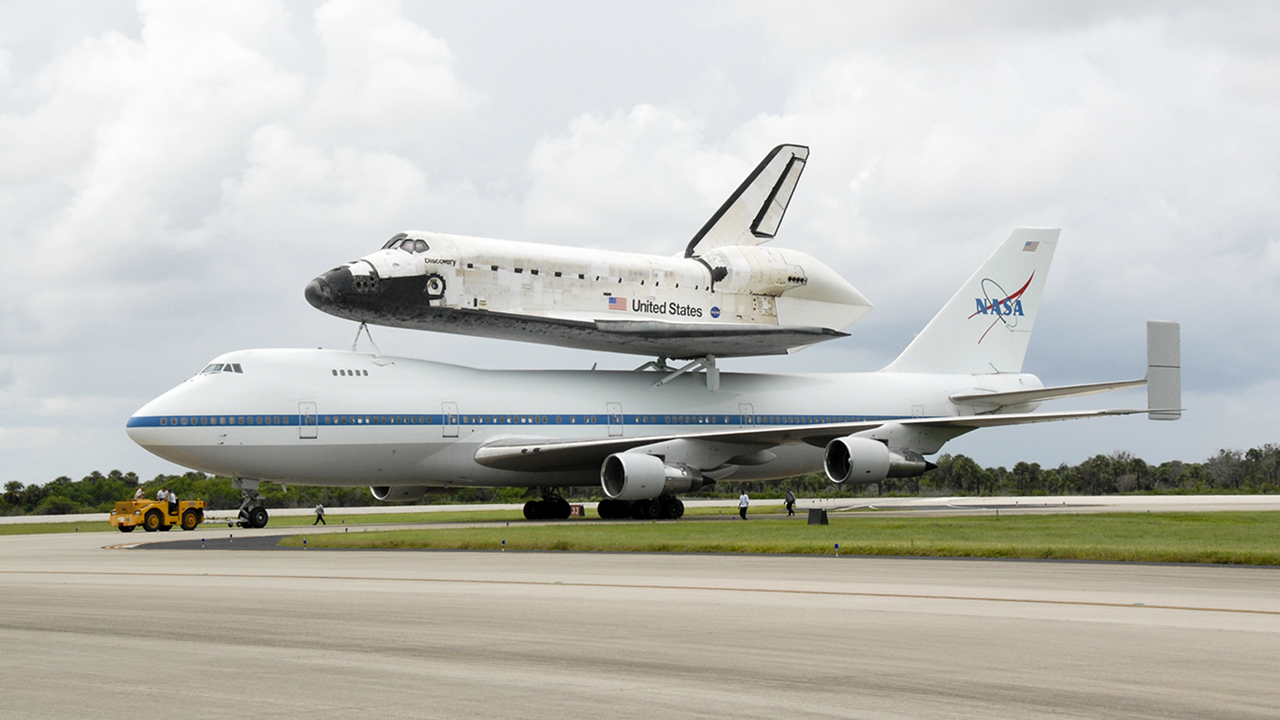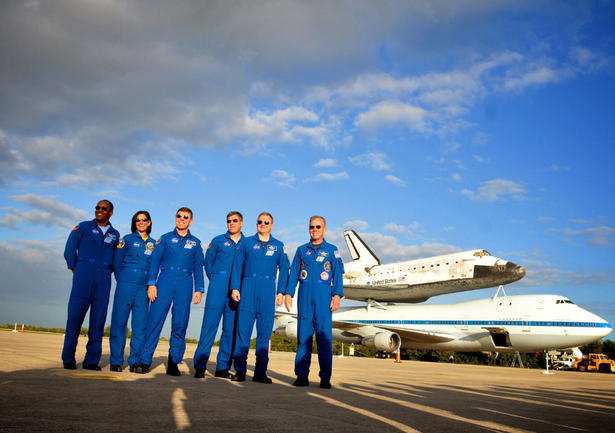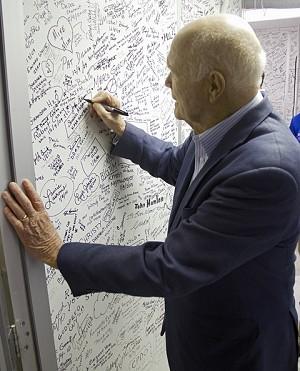The NASA Space Shuttle Discovery is hitching a ride on a Boeing 747 for its final flight to its retirement destination in the Nation’s capital.
NASA space shuttle Discovery has traveled over 235 million kilometers throughout space, and now it has one last journey of approximately 1,000 kilometers to its final destination. But it will not be blasting off of a launch pad. For the Discovery’s last mission, it will be riding on top of a modified Boeing 747 jet from Kennedy Space Center in Florida to its new destination – the Smithsonian Institution’s hanger in Washington D.C. It will be available to see through the Air and Space Museum, one of the most popular museums around the globe.
Discovery first launched in 1984 and flew 39 times into space, more than any other NASA space shuttle. This space shuttle has many claims to fame, including the delivery of the Hubble Space Telescope into orbit, performing the very first rendezvous on the Mir Russian space station, and returning John Glenn, Mercury astronaut, to orbit.
The six astronauts who were on board the Discovery’s final mission a year ago were at the send-off to wave goodbye to the space shuttle.
“It’s good to see her one more time, and it’s great that Discovery is going to a good home. Hopefully, millions of people for many, many years to come will go see Discovery,” said Steven Lindsey, the last astronaut to have command of the Discovery. “It’s also sad … it’s sad to see that the program is over.”
John Glenn, the first American to orbit the Earth, signs the wall of the Discovery’s clean room.
Discovery is only the first space shuttle that is heading toward its retirement home. The other two space shuttles that have been decommissioned will also be finding new homes. The Endeavour will find its final resting place at the California Science Center in Los Angeles, California in the fall and the Atlantis will be heading to the visitor center at the Kennedy Space Center sometime in November. NASA ended its space program in 2011 after 30 years to focus more on destinations that are beyond low-Earth orbit.
While it is really great that the space shuttle will be on display for the general public to see, we can’t help but shedding a tear, knowing that we have neared the end of the NASA shuttle program.
For other space-related articles, check out LEGO rendition of the Apollo 11 Rocket or this short video of the evolution of the moon from NASA.













